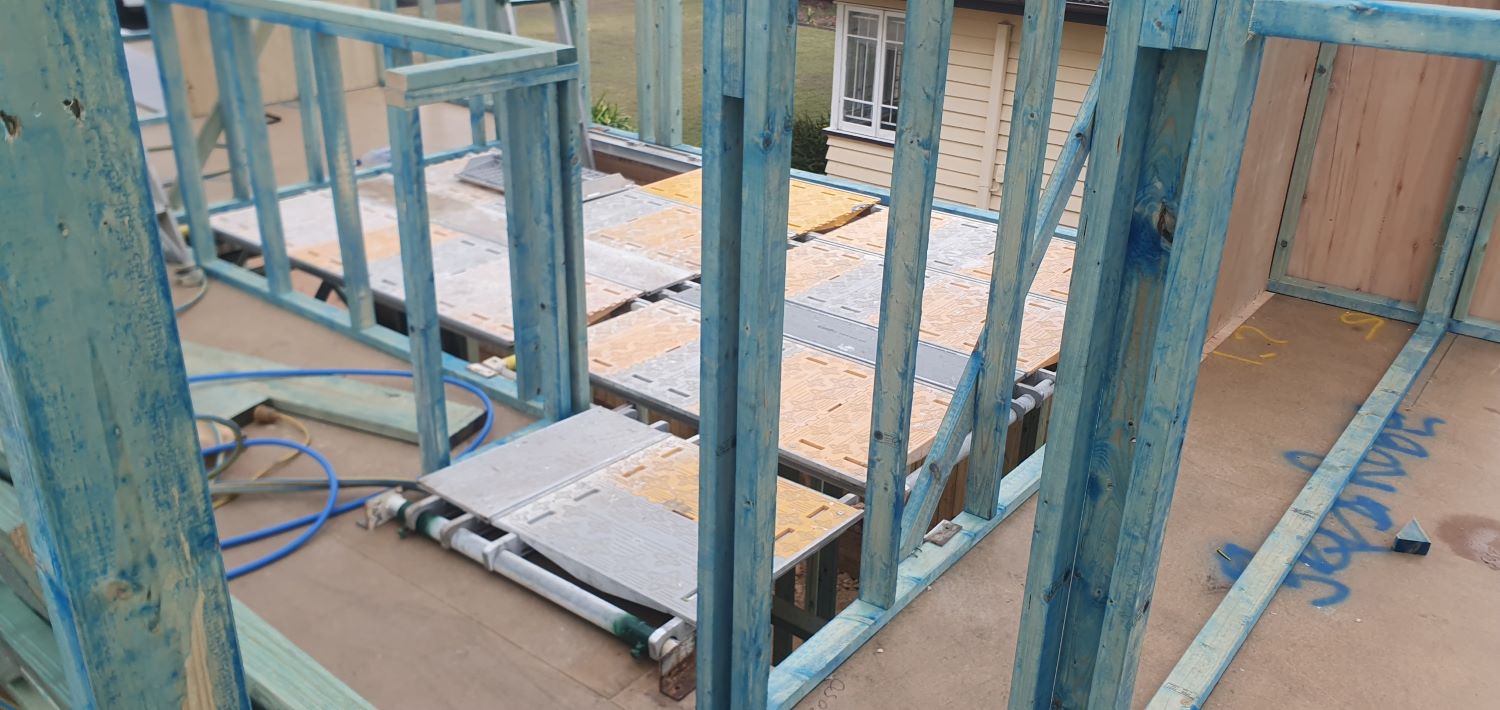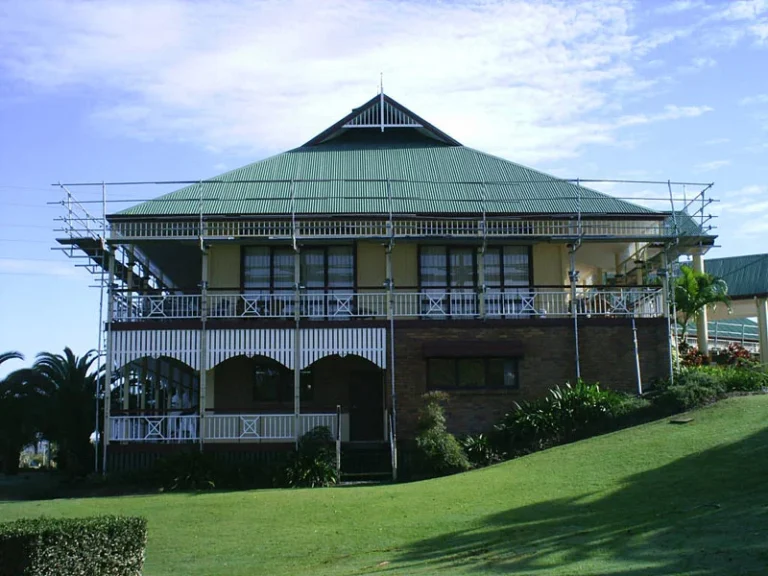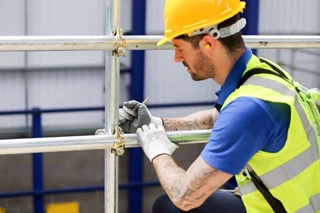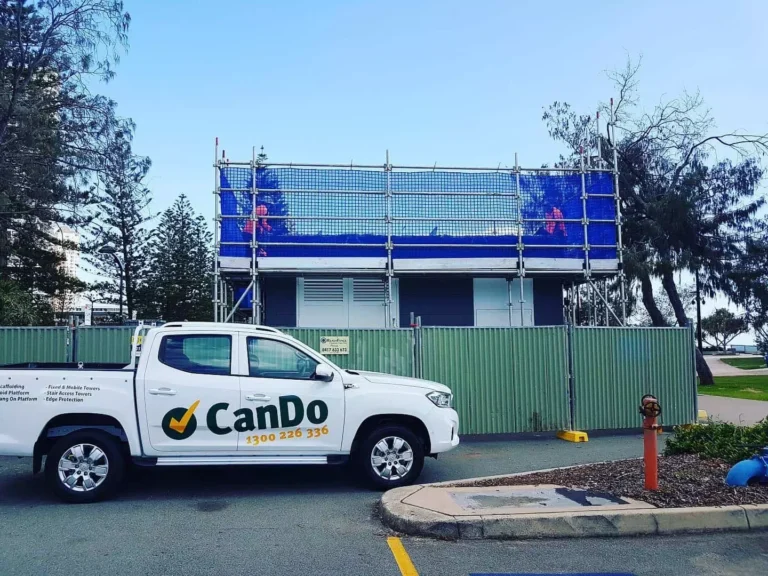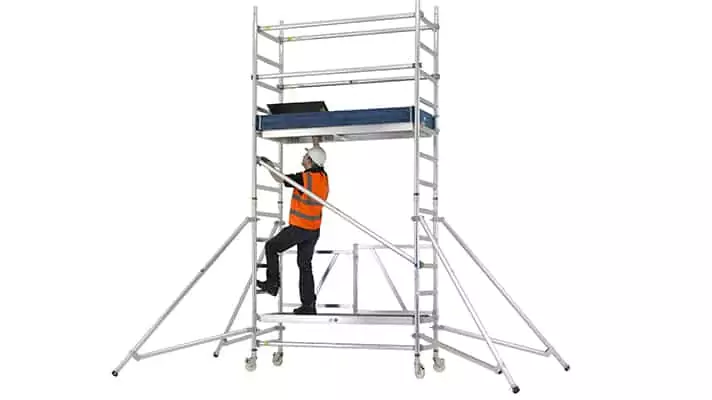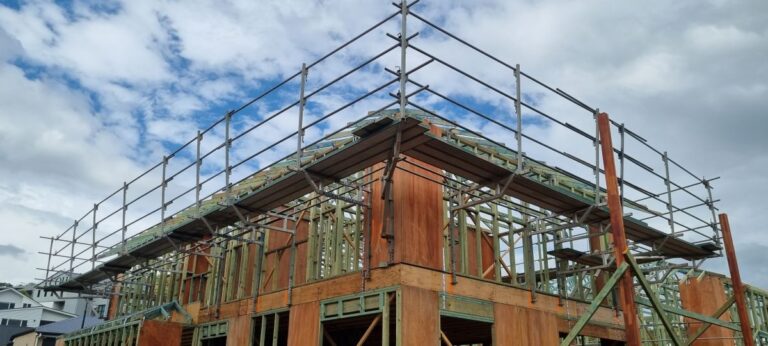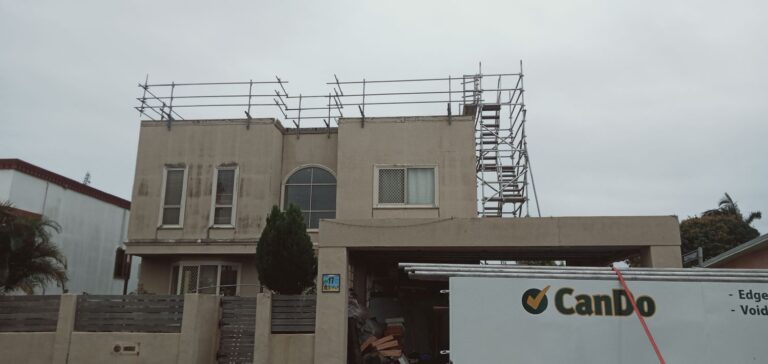Void Protection And Scaffolding
What is Void Protection?
Void protection is an essential component of scaffold hire that ensures safety and security during renovations or restoration projects. It involves the use of various platforms and measures to protect open spaces, gaps, or voids, minimizing the risk of accidents and falls.
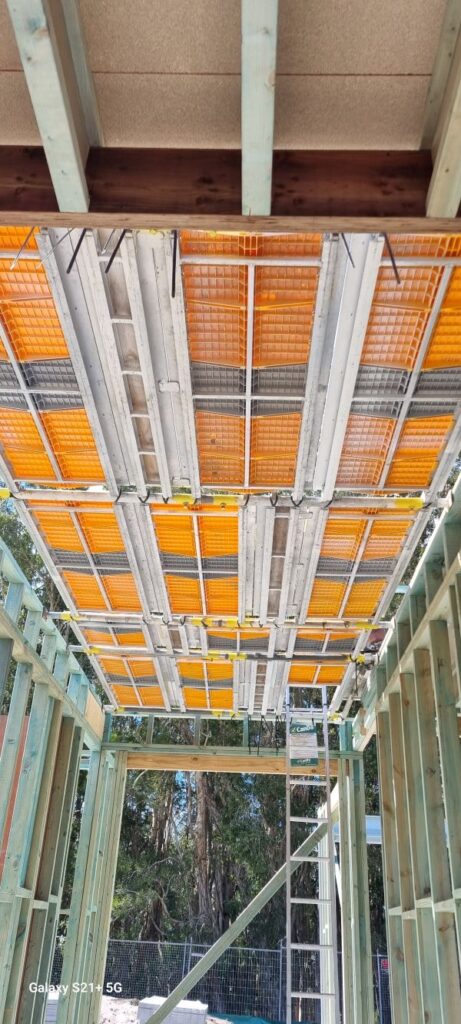
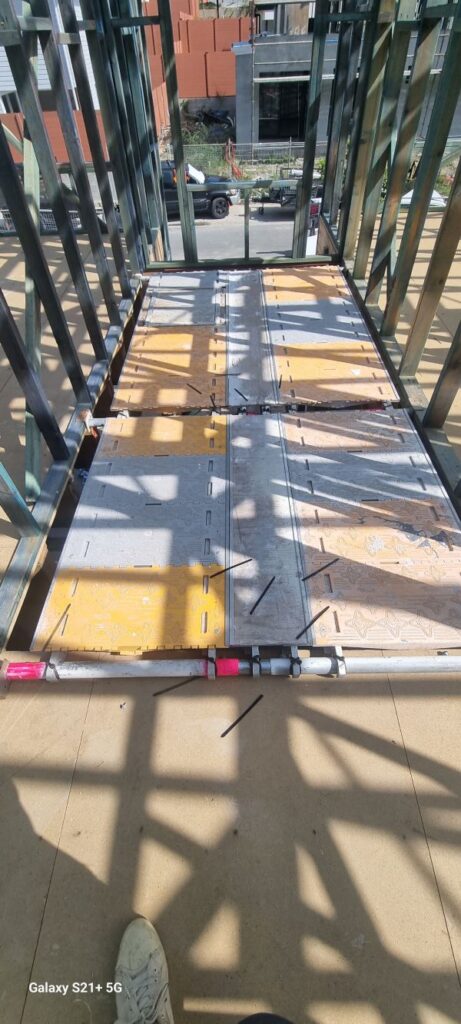
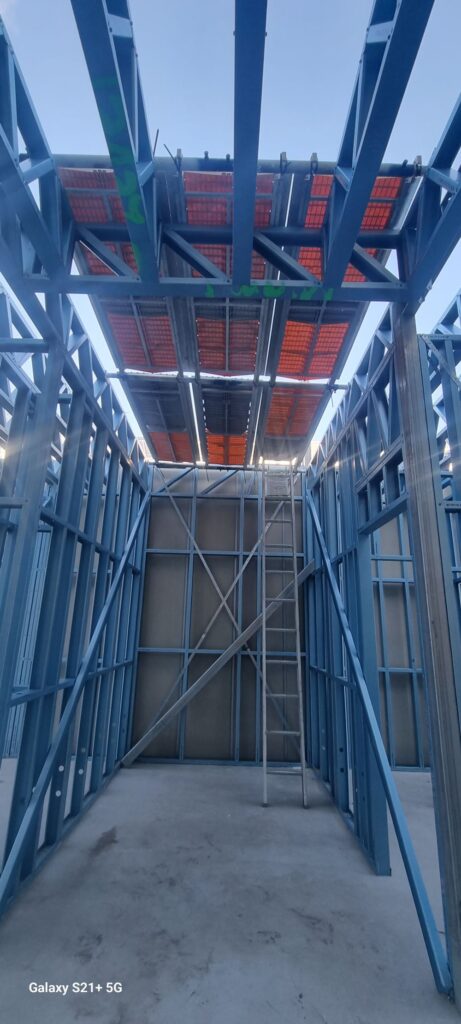
Definition and Purpose of Void Protection
Void protection refers to the implementation of safety measures to prevent falls or accidents in areas where there are gaps, openings, or exposed edges. The primary purpose of void protection is to create a secure working environment for construction workers, allowing them to navigate through elevated or hazardous areas with confidence.
By installing void protection systems, such as scaffold platforms, safety nets, and edge protection systems, the risk of falls from heights is significantly reduced. Void protection acts as a barrier, preventing workers, tools, or debris from falling into voids or open spaces.
Common Applications of Void Protection
Void protection is necessary in various scenarios where work is conducted at heights or near openings. Some common applications of void protection include:
- Working on Upper Levels: When working on upper levels of buildings or structures, void protection is crucial for the safety of workers. This can include installing scaffold platforms and decks to provide a stable working surface and prevent falls.
- Accessing Hard-to-Reach Areas: In situations where workers need to access hard-to-reach areas, such as roofs or high ceilings, void protection ensures their safety. Safety nets and barriers can be employed to prevent falls and provide a secure working environment.
- Protecting Open Spaces and Gaps: Openings or gaps in floors or structures pose a significant risk. Void protection systems, such as edge protection systems, are essential for safeguarding these areas and preventing accidental falls.
By understanding the importance and necessity of void protection, homeowners and construction professionals can ensure the safety of everyone involved in renovation or restoration projects.
When is Void Protection Necessary?
Void protection is necessary in various situations when undertaking renovations or restoration work. It ensures the safety of workers and prevents accidents caused by gaps, open spaces, and hard-to-reach areas.
Here are three common scenarios where void protection is essential:
Working on Upper Levels
When working on upper levels of a building or structure, such as during roof repairs or window installations, void protection becomes crucial. Scaffold platforms and decks, along with safety nets and barriers, help create a safe working environment at heights. These systems provide a stable platform for workers to carry out their tasks, reducing the risk of falls and injuries.
By hiring scaffolding, workers can access upper levels safely and efficiently.
Accessing Hard-to-Reach Areas
Certain renovation or maintenance tasks may require access to difficult-to-reach areas, such as narrow gaps between structures or confined spaces. In such situations, void protection systems like edge protection systems can be employed. These systems create a protective barrier around the area, preventing accidental falls and providing stability for workers to navigate challenging spaces.
Protecting Open Spaces and Gaps
Open spaces and gaps in buildings can pose significant safety hazards. Without proper void protection, these areas can lead to falls, accidents, or even structural collapses. Scaffold platforms and decks, along with safety nets and barriers, provide a secure barrier around open spaces, ensuring worker safety. By installing void protection systems, the risk of accidents caused by gaps and open areas is minimized. Hiring scaffolding becomes imperative to create a safe work environment and protect workers from potential hazards.
Types of Void Protection Systems
When it comes to ensuring safety during renovations or restoration work, a variety of void protection systems are available. These systems are designed to prevent falls and protect individuals from open spaces or gaps.
In this section, we will explore three common types of void protection systems: scaffold platforms and decks, safety nets and barriers, and edge protection systems.
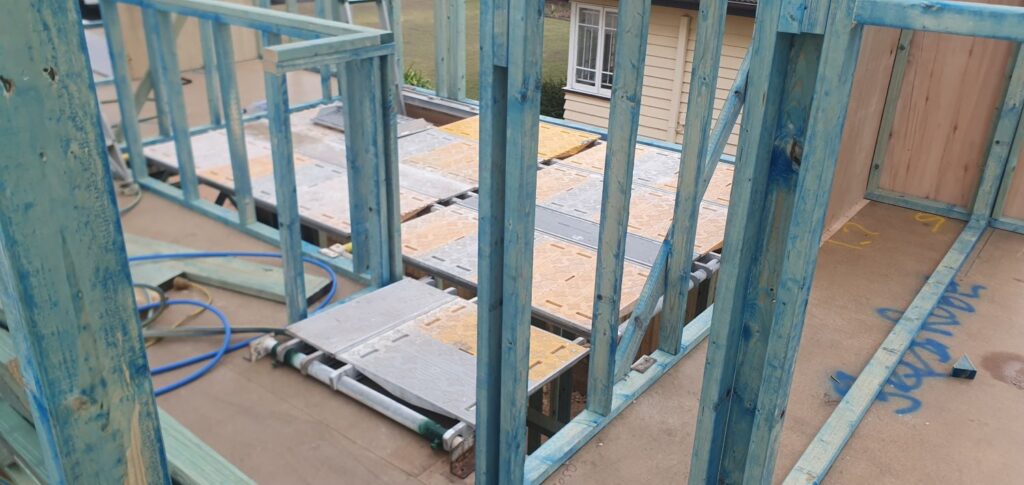
Scaffold Platforms and Decks
Scaffold platforms and decks are a versatile and widely used void protection system. They provide a stable and secure working platform at various heights, allowing workers to access upper levels safely. These platforms are typically made of sturdy materials such as steel or aluminum, ensuring durability and stability.
Scaffold platforms and decks can be adjusted to different heights and configurations, making them suitable for different types of projects. They provide a spacious area for workers to move around and perform tasks efficiently. Additionally, these platforms can be equipped with guardrails and toe boards to enhance safety by preventing falls.
Safety Nets and Barriers
Safety nets and barriers are another essential void protection system. These systems are designed to catch falling objects or individuals, preventing them from reaching lower levels. Safety nets are typically made of strong synthetic materials with high tensile strength. They are strategically positioned to provide reliable fall arrest protection.
Barriers, on the other hand, create a physical barrier or enclosure around the void or open space. They can be made of materials such as mesh, plastic, or metal, depending on the specific requirements of the project. Barriers effectively prevent accidental falls and restrict access to hazardous areas.
Safety nets and barriers are crucial in situations where there is a risk of falling objects or when working near open edges. They provide an additional layer of protection, minimizing the potential for injuries and accidents.
Edge Protection Systems
Edge protection systems are specifically designed to prevent falls from edges or perimeters of elevated surfaces. These systems typically consist of guardrails, toe boards, and other safety components. Guardrails act as a physical barrier, preventing individuals from accidentally stepping or falling off the edge. Toe boards, on the other hand, prevent tools, equipment, or debris from falling over the edge.
Edge protection systems are commonly used in construction sites, high-rise buildings, or any situation where there is a risk of falling from elevated surfaces. These systems are designed to meet strict safety standards and regulations, providing a secure working environment for workers.
By utilizing scaffold platforms and decks, safety nets and barriers, and edge protection systems, individuals can ensure the safety of workers and prevent accidents in areas with voids or open spaces. The specific type of void protection system required will depend on the nature of the project and the hazards involved.
Considerations when Hiring Void Protection
When it comes to ensuring safety during renovations or restoration work, hiring void protection in the form of scaffolding is a crucial step. Before making any decisions, it’s important to consider several factors to ensure that you choose the right void protection system for your project.
Assessing the Project Requirements
The first consideration when hiring void protection is to assess the specific requirements of your project. This involves evaluating the scope of work, the height and dimensions of the area that needs to be protected, and any specific access needs. By understanding the unique aspects of your project, you can determine the type and amount of scaffolding or void protection system required.
| Project Requirements | Considerations |
|---|---|
| Height of the work area | Determine the appropriate height and number of scaffold levels required |
| Dimensions of the area | Assess the width and length of the space to determine the size and configuration of the scaffolding |
| Access requirements | Consider any obstacles or challenges in accessing the work area and choose a scaffold design that facilitates safe and easy access |
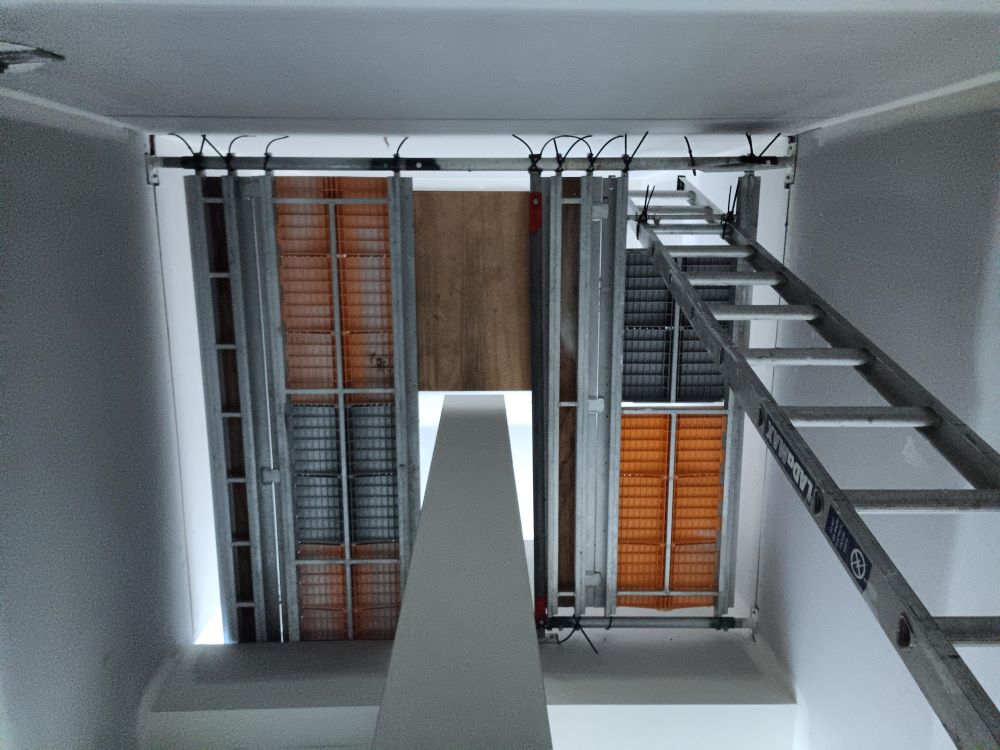
Compliance with Safety Regulations
Compliance with safety regulations is of utmost importance when hiring void protection. It is crucial to ensure that the scaffolding or void protection system you choose meets all the necessary safety standards and regulations. This includes factors such as load-bearing capacity, stability, and fall protection measures.
Before hiring a void protection system, verify that the supplier or contractor adheres to national or local safety regulations. It’s also essential to conduct regular inspections and maintenance of the scaffolding to ensure ongoing compliance and the safety of workers and anyone else on the site.
Use an Expert Scaffolding Hire Company
When it comes to void protection, it is essential to hire from a reputable company such as Cando Scaffold.
When you work with us you are choosing a reputable supplier, who supplies quality void protection systems as well as professional installation and dismantling, which can save you time and ensure the proper setup and removal of the scaffolding.
Cando Scaffold can help you asses your project requirements, ensuring your compliance with safety regulations.
Get in touch with us today or send us a quote form and we can get back to you with more information

